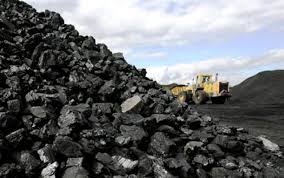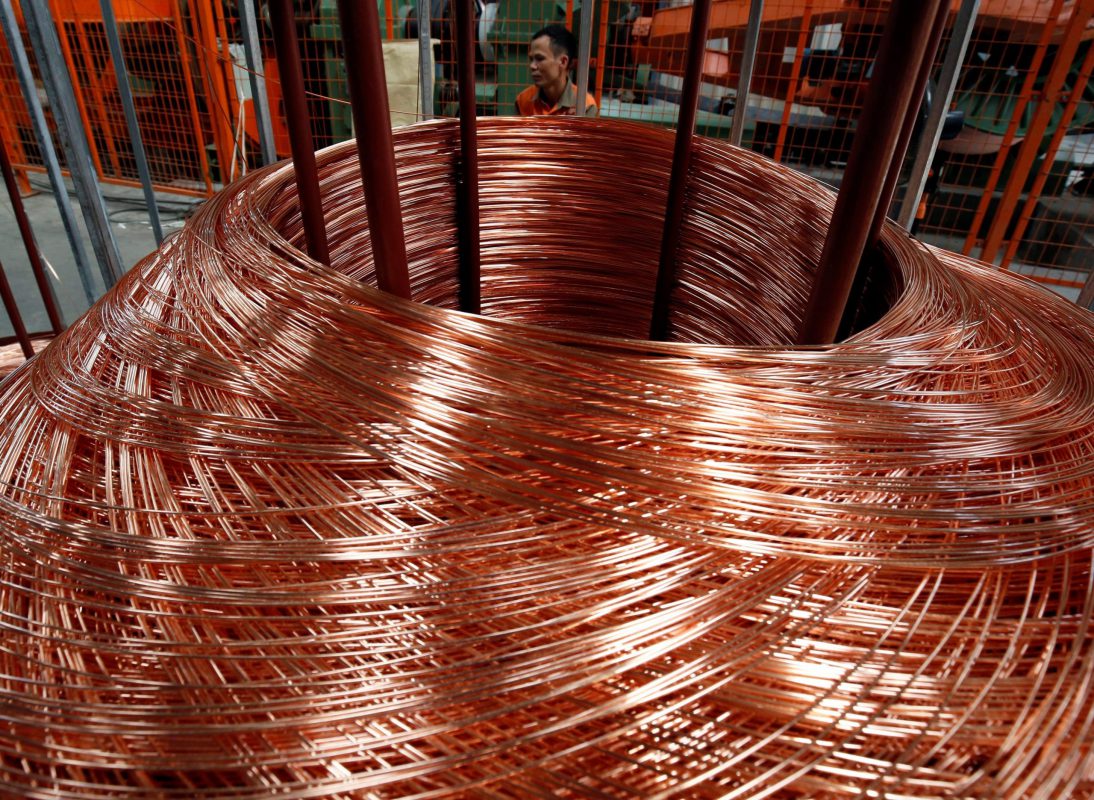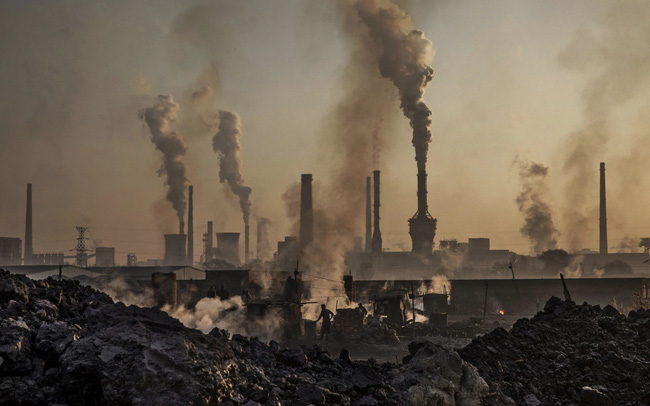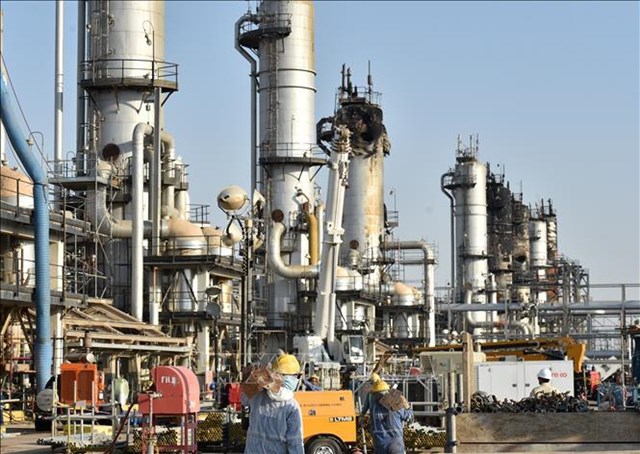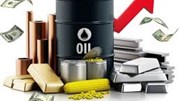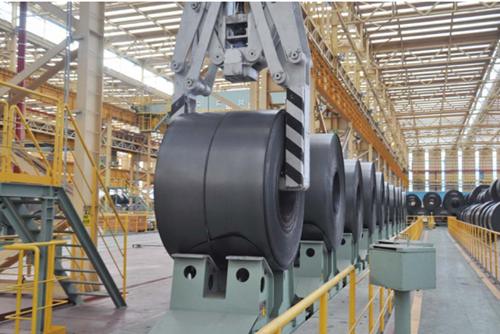Two years ago, as the COVID-19 pandemic raged across global markets, oil and gas group BP wrote in its annual energy report that global oil demand had peaked at around 100 million barrels. /day in 2019 and will begin a downward trend due to the impact of the pandemic.
Two years later, however, BP had to admit that it may have underestimated the world’s “thirst for oil”, although it remained steadfast in its long-term forecast that the trend towards electrification of vehicles would eventually end. will also reduce oil demand.
Meanwhile, investment banks have foreseen a trend toward a recovery in oil demand as this is a must when more people take to the streets after the prolonged lockdown period. What they didn’t anticipate was the extent and speed of that demand recovery.

After hitting the bottom in 2020 due to the COVID-19 epidemic, world oil prices have hit a record level after two years.
Gap between expectations and reality
In an interview with Bloomberg, Goldman Sachs expert Jeffrey Currie recently admitted that there is a big difference between expectations and actual demand in the oil market.
“The oil market moves faster and the tightening is fundamentally deeper than we thought three to six months ago,” he said.
“This is still what has been predicted but with a much more seriousness than initially thought. The energy and food markets will see very strong price increases in the coming summer months,” said the expert. The Currie family is adding.
It is worth noting that even 3 to 6 months ago, before the Russian-Ukrainian (Ukrainian) conflict occurred, few experts believed that the oil market would actually be in equilibrium.
Citi’s Ed Morse is one such expert. In February, he shared with Bloomberg journalist Javier Blas his forecast that the oil market would even be in a state of surplus thanks to increased production in the US, Brazil (Brazil) and Canada (Canada). multi).
The US Energy Information Administration (EIA) recently forecast that oil production in the Permian region will reach a record high this month. However, that is not enough to offset the global oil imbalance. Many US oil producers say they are unwilling – or unable to ramp up production because of a lack of needed resources.
In Canada, production is on the rise. According to Alberta Premier Jason Kenney, the country’s total oil production could increase by nearly 1 million barrels per day, but that has not happened yet. In Brazil, production is also increasing but so far has not made a difference in price.
Of course, the biggest reason for the current supply-demand imbalance is the sanctions targeting Russia, the world’s largest oil and fuel exporter. The second reason is the fact that the Organization of the Petroleum Exporting Countries (OPEC) cannot produce as much as promised because of their chronic problems.
Meanwhile, two members of OPEC that have enough spare capacity to make up for the loss of Russia’s oil, Saudi Arabia (Saudi Arabia) and the United Arab Emirates (UAE), are cautious. Be careful about injecting more oil.
However, the biggest surprise, as well as the most unpredictable for analysts, is the speed of demand recovery. Even more surprising when the market recovered at a very fast rate even though the world oil price was much higher than the average level in recent years.
The “deviation” of seemingly controllable factors
Of course, analyzes and forecasts are built on assumptions that can change at any time, and when the element of surprise is present, assumptions quickly become worthless.
In this case, the element of surprise was the Russo-Ukrainian conflict. Even so, even the elements that seemed obvious before have created surprises.
U.S. oil production has not grown as quickly or as much as some expected. Meanwhile, the trend of electrification of transport has almost no impact on oil demand because this process is happening much slower than expected.
And perhaps the most important factor is whether OPEC and its allies (OPEC+) agree to increase oil production to save the economy?
All of this has become necessary to create a perfect “oil storm”, in addition to an outage at the newest major oil field in Libya.
The latest information from the US, the world’s largest oil consumer, is that they will introduce limits on exports. This inevitably leads to a drop in domestic gasoline prices but pushes up international prices further.
Meanwhile, the world’s largest oil importer, China, is increasing crude oil storage while output from refineries declines. This leaves many wondering if hoarding is the smart way to weather this storm.
T&G Import-Export Joint Stock Company
Address: 352 Hue Street, Le Dai Hanh Ward, Hai Ba Trung District, Hanoi
Hotline: 02473010868
Email: hrm@tginterjsc.com
Website: http://tgimportexport.com



